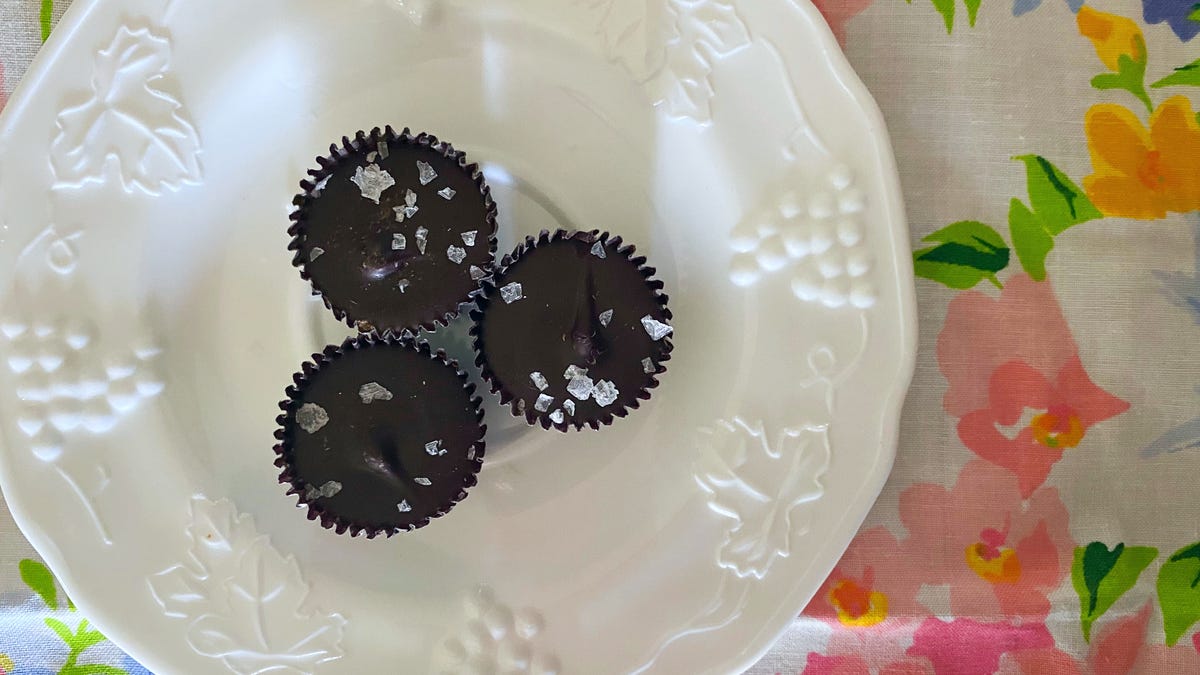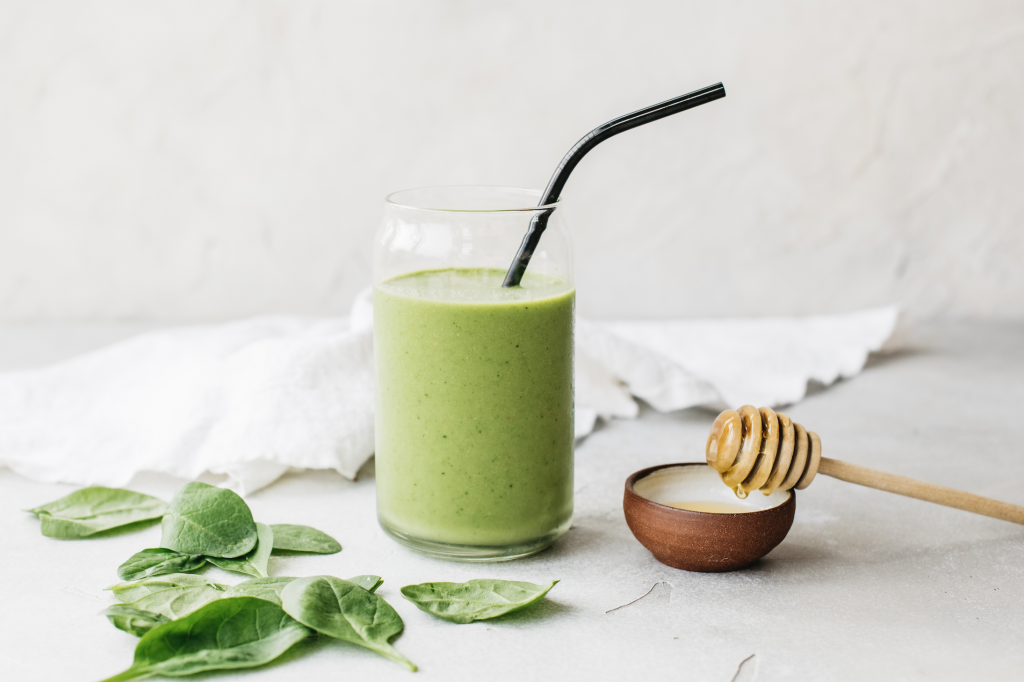You Should Salt Your Cheap Candy
You may have heard that things are happening, and these things are bringing up some emotions for me. I’ve been eating my feelings over the last few days, and those feelings have been a combination of salty and sweet....

You may have heard that things are happening, and these things are bringing up some emotions for me. I’ve been eating my feelings over the last few days, and those feelings have been a combination of salty and sweet. I’ve been shoveling peanut butter cups into my mouth (for energy), but I have been pausing from time to time to salt them (for joy).
Salting a candy—or anything for that matter—doesn’t just make it taste salty, it makes it taste better. Salt amplifies the flavors present in whatever you’re eating, tames bitterness, cuts through the cloying, and offers a resting place for your palate should it need a break from candy which, in turn, makes you want to eat more candy. When sprinkled on cheap candy, it smooths out the “cheaper” flavors by distracting from them and, if you use flake salt, adds a little bit of crunchy texture.
If this idea seems too wild for you, consider that a lot of fancy candy, be it licorice, chocolate, or caramel, comes pre-salted; then, chill out and try it on something cheap. It’s good.
I have salted Red Vines, Twix bars, peanut butter cups (both Trader Joe’s and Reese’s), Hershey’s minis, and chocolate chips, and all have been pleasant experiences. (Our deputy editor, Joel Cunningham, is also a big fan of salting Kit Kats, should you need an opinion other than mine.)
As for the salt itself, I recommend something coarse. My personal favorite candy salt is Maldon flake salt, but a coarse kosher salt would work well too. If your candy doesn’t have a particularly sticky surface, consider cutting or breaking it in half, then dipping the exposed portion into a small pile of salt. (You can also lick it to give it something to stick to, but that’s frowned upon in polite society.)

 Aliver
Aliver 































